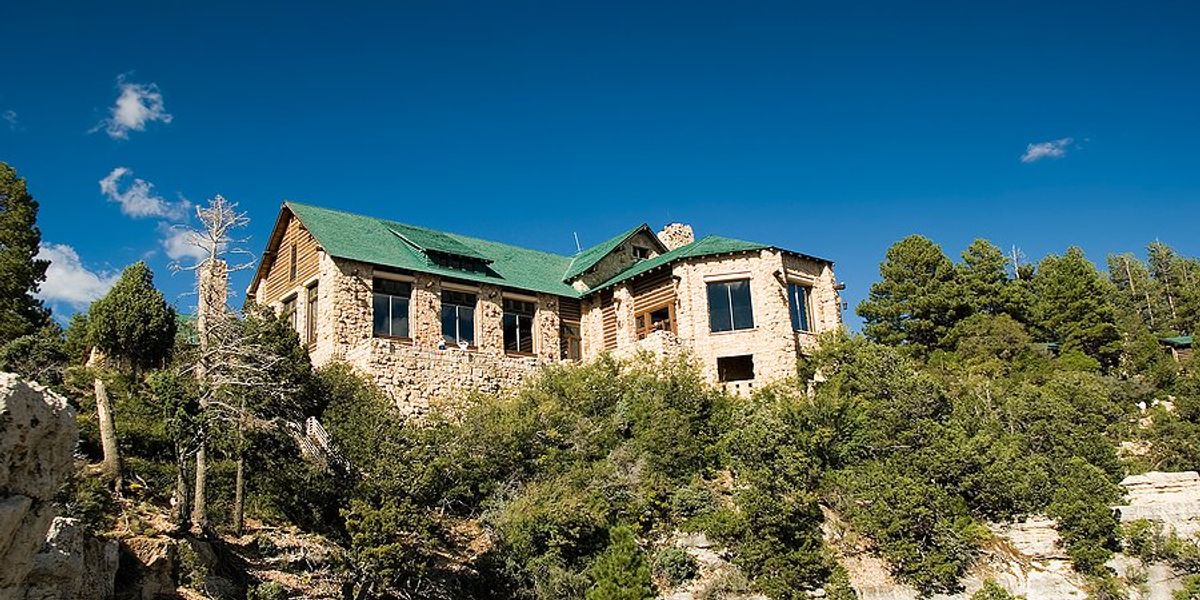coastal erosion
Rebuilding coastal communities post-hurricanes is complex and transformative
As coastal communities rebuild after hurricanes, the process is expensive and can drastically alter local character.
Dorany Pineda and Rebecca Blackwell report for The Associated Press.
In short:
- Charles Long faces a $450,000 cost to rebuild his hurricane-damaged home on stilts, opting instead to create a pole barn for an RV.
- Rising insurance rates and high construction costs make rebuilding prohibitive, with some fearing gentrification and displacement.
- Resilient infrastructure projects vary by community, each impacting ecosystems, shoreline access, and community identity differently.
Key quote:
“You want to leave communities well protected, but you also want to preserve what makes them vibrant and worth living in.”
— Paul Gallay, director of the Resilient Coastal Communities Project at Columbia Climate School
Why this matters:
Coastal communities face growing challenges from climate change, with rising sea levels and stronger storms threatening long-term viability.
Another beach house collapses in Rodanthe, NC
A home in Rodanthe, N.C., has collapsed into the sea due to severe coastal erosion and rising sea levels, marking the sixth such incident in the past four years.
In short:
- An unoccupied home at 24131 Ocean Drive in Rodanthe collapsed around 2:30 a.m. Tuesday.
- Officials closed a one-mile stretch of beach to clean up debris, which poses hazards to the public.
- Rising sea levels and erosion have led to a rapid loss of homes along this part of the Outer Banks.
Key quote:
“Another one bit the dust. This situation will continue"
— David Hallac, superintendent of the Cape Hatteras National Seashore
Why this matters:
As waves chip away at the shoreline and tides inch higher, residents and officials face mounting pressure to adapt. For families and homeowners, it’s a stark reminder of the personal and financial stakes tied to environmental shifts. The convergence of natural forces and human settlement patterns is becoming an ever more pressing issue for policy makers, scientists, and advocates alike.
South Carolina's coastal adaptation debates stir community concerns
In a bid to tackle coastal erosion, South Carolina communities and environmentalists clash over the construction of erosion control structures called groins at Debidue Beach.
In short:
- Environmental advocates argue that the construction of groins could harm the North Inlet-Winyah Bay reserve by disrupting natural sand movement.
- Debidue Beach residents advocate for these structures to protect their homes from increasing erosion, highlighting tensions between climate resilience and coastal development.
- Legal challenges and confusion over state coastal management regulations underscore the difficulties of balancing property protection with environmental conservation.
Key quote:
"Equity plays a huge part in this. When you look at environmental justice communities throughout the United States, you see an intentional disinvestment in those communities."
— Omar Muhammad, executive director of the Lowcountry Alliance for Model Communities
Why this matters:
By preserving beaches, groins also support local economies that depend on tourism. On the other hand, groins can have unintended consequences. For instance, while they may accumulate sand on one side, they can also starve areas down drift of sand, leading to increased erosion elsewhere.
Disparate state, local, private and federal conservation efforts are failing to protect biodiversity. Connectivity and coordination would help, say agency scientists and conservation leaders.
Biden administration reportedly pauses approval of ‘carbon mega bomb’ gas export hub
Calcasieu Pass 2, positioned near the rapidly eroding Louisiana shoreline, would be the biggest such export terminal in the US.
Maine officials, climate council agree building resilience to extreme weather a top priority
Dolan, Godfrey: Scientists proved Outer Banks are moving
Sinking US cities already face ‘real impacts’ as subsidence poses risk to buildings and roads
‘Hotspots of sinking land intersect directly with population and infrastructure hubs,’ researchers warn.



















